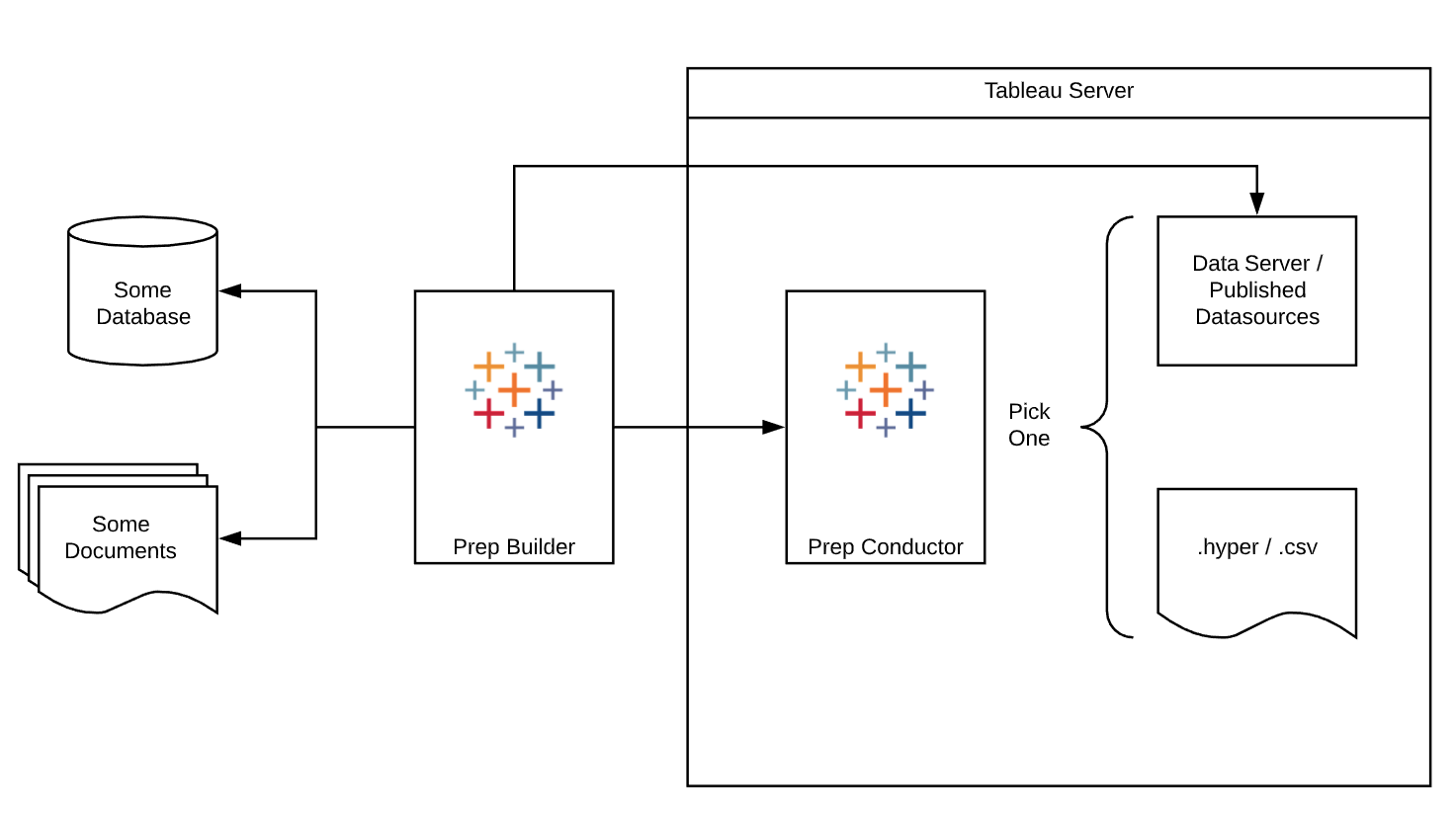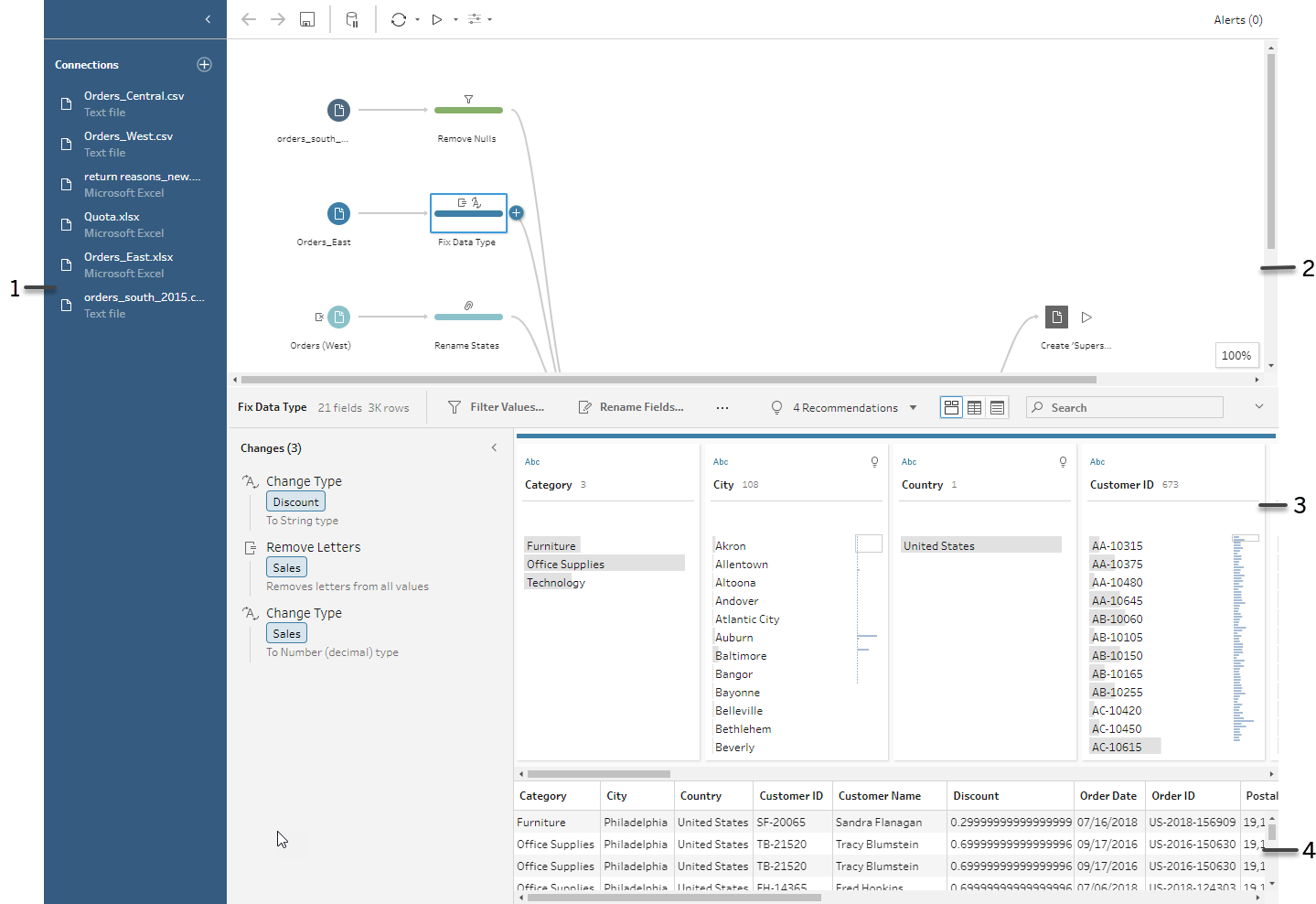

When you’re ready to discuss and dig further into each solution, please reach out to us, and we can help you figure out, which makes sense for your unique situation. If you have your data ready but need help making sense of it and getting it in the hands of the decision-makers, Tableau is an amazing choice.įor those of you looking for a deep dive into the two platforms, we’ve written up a detailed technical analysis of each platform. If you need help with data processes, Alteryx is a fantastic platform with instant return on investment. The right tool for you at the moment is dependent on where you’re experiencing the most pain. At Capitalize Consulting, we believe that Alteryx and Tableau are best-of-breed technologies that complement each other more than they compete. Your organization is completing most of the tasks above manually or with other tools. The truth is, most organizations need what Alteryx and Tableau provide. Most Organizations Need Alteryx and Tableau Data is needed on maps with dynamic filtering, zooming, and the ability to drill to detail.

AUTOMATE TABLEAU PREP FLOW MANUAL
Manual data processes need to be automated and documented.Data requires clean-up before it can be passed to a business intelligence tool.Data needs to be accessed, integrated, and consolidated from many locations (files, databases, cloud/REST API).Just because it’s possible doesn’t mean it’s a good idea. Be careful you don’t buy a screwdriver to pound nails. There is some overlap, and the vendors will try to blur the lines. Tableau consumes data from ERP, CRM, Alteryx, Excel, data warehouses (Snowflake, Redshift, Vertica, Azure). Tableau is fantastic at data visualization, dashboards, online consumption, and distribution of information.Īlteryx fetches data (from anywhere), manipulates it, and feeds that data to Tableau, Power BI, Excel, data warehouses (Snowflake, Redshift, Vertica, Azure).Alteryx is fantastic at data access, clean-up, blending, manipulation, Excel process automation, and process documentation.For those of you with a short attention span, here is a summary: In the pages of analysis that follow, you’ll find many examples of what each of the tools do well, and where they lack functionality. We’re asked about Alteryx vs Tableau frequently, so we’ve written up our findings to help you understand the two solutions better. Once we dig into the organization’s challenges and existing technologies, we can help pretty quickly. Cognos School District Analytics: PowerSchool K-12Ĭlients ask us to help them choose between vendor solutions nearly every day.
AUTOMATE TABLEAU PREP FLOW FREE
It may be useful to use the free quota of API calls to test this out. Later, you’ll need to insert this kay into the Python script. Follow the instructions and generate a Google API key. A Google billing account is required to use Google Maps Platform APIs and SDKs. In other words, you feed it with an address and get the longitude and latitude for that location. The Google Geocoding API is a service that provides address geocoding. Let’s explore how we would use Tableau Prep Builder to retrieve geographic information from a Google API based on a list of addresses. This feature enables users to transform their data (add additional rows, create rankings, utilize row level calculations, etc.), take advantage of data science workflows, enrich data with third-party APIs, and so much more!

This automation is possible thanks to Tableau Prep Builder 2019.3 One of the most exciting features in this release is Tableau Prep’s new ability to integrate with R and Python. The end result is a fully automated process (all within Tableau) that allows you to visualize address level data. The script geocodes a list of addresses to longitude and latitude values using Google Maps Geocoding API. This post walks through the process of creating and integrating a python script with Tableau Prep. However, addresses that are more granular than municipality (i.e., street level data) require both longitude and latitude in order for Tableau to correctly map them. If you’re familiar with Tableau Desktop, you already know that Tableau can instantly geocode most major cities and turn them into rich interactive maps.


 0 kommentar(er)
0 kommentar(er)
